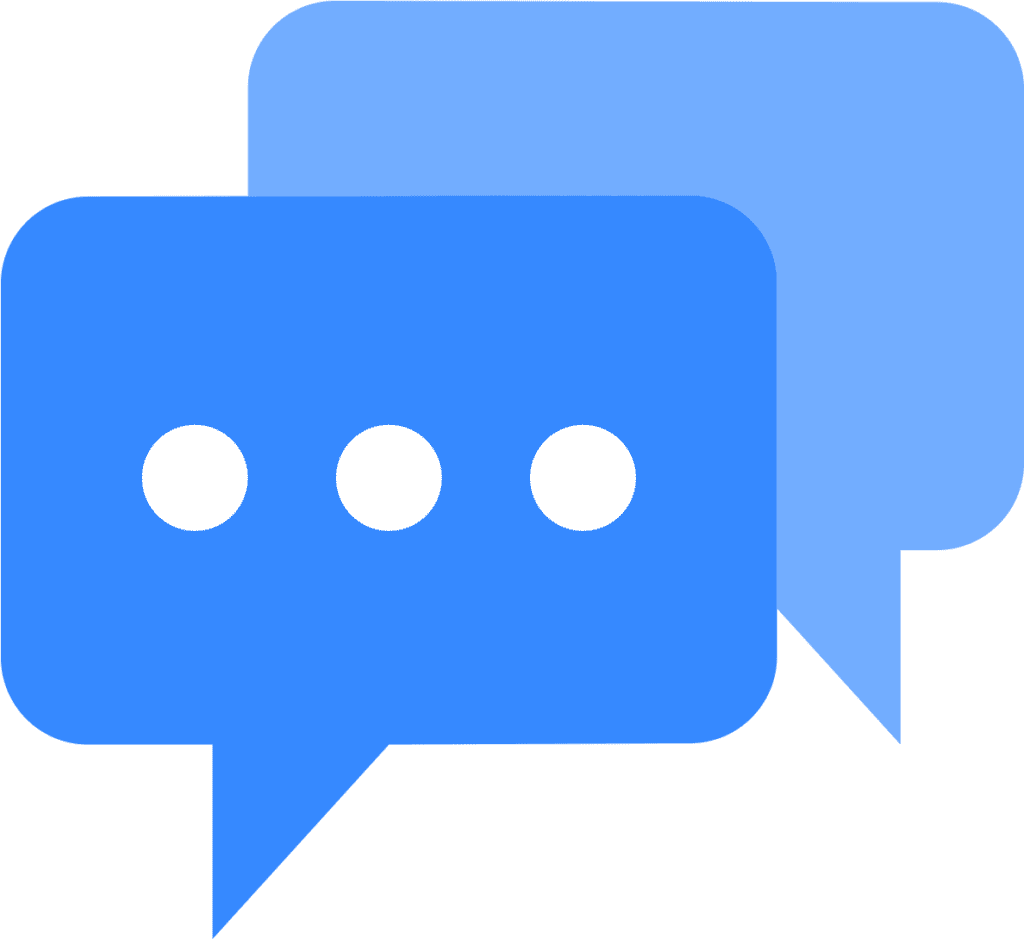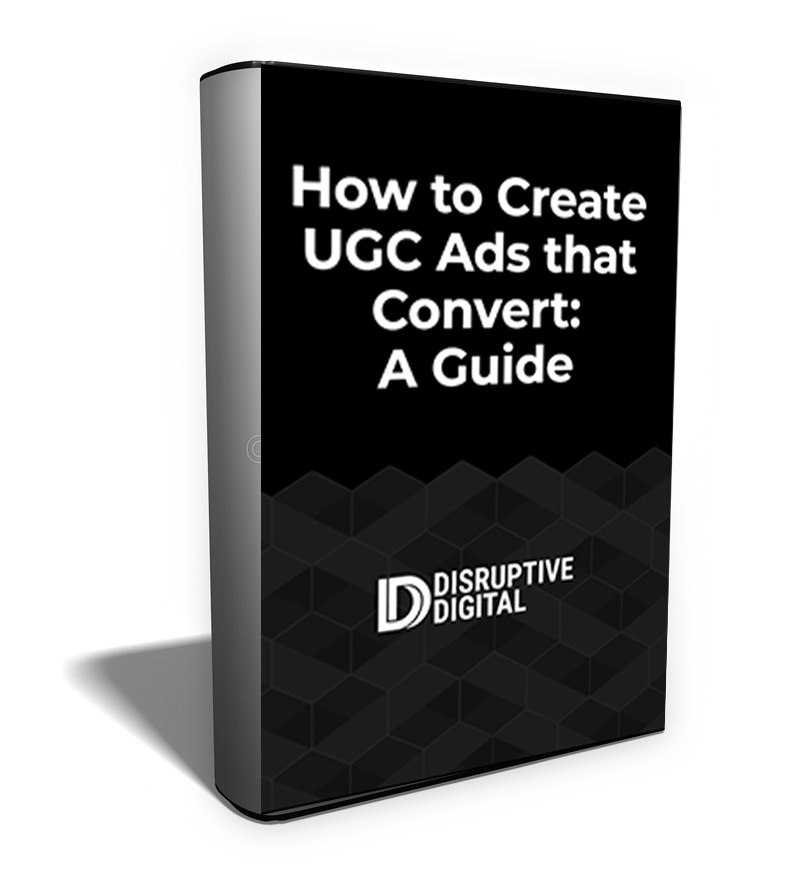In today’s pay-to-play digital landscape, running Meta and Google Ads in silos is a guaranteed way to leave money on the table.
Yes, both platforms are powerful. But if you’re not thinking strategically about how they complement each other in the customer journey—from first touch to final sale—you’re missing the real opportunity.
Let’s break down how to combine Google and Meta Ads to drive full-funnel performance and make your ad dollars work smarter in 2025.
Meta vs. Google: What Each Platform Does Best
Before we dive into the strategy, it’s important to understand how each platform fits into the marketing funnel.
Meta = Demand Generation
Meta (Facebook, Instagram) is where people scroll, discover, and impulsively engage. You’re not waiting for someone to search—you’re putting a compelling offer or story in front of them.
Best for:
- Top-of-funnel awareness
- Building emotional connection with creative
- Retargeting with scroll-stopping visuals
Google = Demand Capture
Google is where people go when they’re already looking. Whether they type in a branded query or a “near me” service, the intent is high. You just need to show up.
Best for:
- Bottom-of-funnel conversions
- Branded search
- Shopping ads and high-intent queries
Why You Should Use Both — Not Choose One
Think of Meta as planting the seed, and Google as harvesting the fruit.
Here’s a typical buyer journey:
- Discovers your brand on Instagram via a UGC video
- Googles your brand to learn more
- Clicks a Search ad to your site
- Gets retargeted with a testimonial on Facebook
- Sees a YouTube ad 3 days later and finally converts
If you’re only running on one platform, you’re missing critical parts of this path.
How to Build a Funnel That Uses Both
1. Start with Meta to Generate Demand
- Use Reels, Stories, and UGC-style creatives to hook attention
- Focus on problem-solution, before/after, or testimonial content
- Goal: Get users to visit your site or remember your brand
2. Capture That Intent on Google
- Run branded search campaigns (protect your brand name!)
- Use Google Shopping or Performance Max for product-focused brands
- Launch YouTube campaigns to reinforce your message visually
3. Retarget Strategically Across Both
- Retarget Meta viewers with new angles or stronger CTAs
- Retarget site visitors on YouTube and the Google Display Network
- Sync creative themes but adapt the format per platform
Budget Allocation Tips
There’s no perfect split — but here’s a basic guide:
| Business Type | Meta % | Google % |
| eCommerce | 60% | 40% |
| Lead Gen | 50% | 50% |
| High-Ticket/SaaS | 40% | 60% |
Pro Tip: Start with Meta to test messaging cheaply. Then double down on high-intent Google traffic to close.
Attribution: Don’t Trust Last Click
If you’re still measuring success by “last click” conversions, you’re likely under-crediting Meta.
Here’s what to do instead:
- Use GA4 with custom attribution windows
- Upload offline conversions from Meta to Google and vice versa
- Use third-party tools like Triple Whale, Northbeam, or Hyros for more accurate paths
Real-World Example: A Simple Flow
Let’s say you’re selling a high-protein pancake mix.
- Meta Ad (UGC video): “Why I swapped my breakfast for this protein pancake mix…”
- Clicks to site — maybe doesn’t buy
- Google Branded Search: “Enhanced Labs Pancakes” → Purchase
- Meta Retargeting: Reviews carousel ad → Upsell
- YouTube Ad: How it’s made → Builds loyalty and awareness
Boom. Multi-platform synergy.
Final Thoughts: Think Full Funnel, Not Full Platform
In 2025, winning with paid ads isn’t just about great creative or smart bidding — it’s about orchestration.
Meta and Google are your two most powerful tools for growth. When you use them together, you don’t just get better results — you build a more resilient, profitable, and predictable funnel.
TL;DR Checklist:
- Use Meta to generate interest with scroll-stopping creative
- Capture that demand with Google Search and Shopping
- Retarget across both platforms
- Sync your messaging and measure across the full journey
Ready to get more out of your PPC spend? Stop choosing between platforms — start combining them for maximum performance.







